MEET AFRICA'S SMALL CATS
Spotted, striped, fleet of foot and felinely fabulous!
Given that leopards and lions tend to hog both the game-viewing spotlight and the safari limelight, we thought it would be nice to give the lesser-known cats of Africa a bit of a shout out and do our bit for cat lovers at the same time. Here, then, is our guide to the felids somewhat smaller in stature but just as large in character as their Big Five cousins...
The speed freak...
When it comes to fast, there's nothing on four legs that can beat the cheetah, although strictly speaking a big cat, it's the smallest of this grouping and so we're giving it pride of place (no big cat pun intended). Not a member of the Big Five frat house but a founding father of the Super Seven (along with said five and the painted wolf, or African wild dog), the cheetah is the mammalian Bugati Veyron - the God cat, if you will.
Slender, long in limb and fine featured, the cheetah is also a bit of a super model in the looks department and is definitely the hottest thing on the African cat walk (we hear your groans, but we couldn't resist). While it doesn't have a V12 under the hood, it does have a wonderfully adapted physiology that allows it to reach speeds of over 100km in just three seconds - that's enough acceleration to put a Formula 1 car to shame.
It has a flexible spine, semi-retractable claws and a long, flattened tail that acts like a rudder, allowing it to turn and weave at full speed. And at a top weight of 56kg it's a feather next to its leonine relative (lions hit almost 200kg fully grown). The cheetah's paws function like tyre treads giving them incredible traction and allowing them to turn sharply without slipping. Enough car analogies? We submit.
Cheetahs eat small antelope like duiker and steenbok and the young of larger antelope like kudu, impala and wildebeest as well as warthogs, rabbits and birds. They chase their prey down and trip it up with a well aimed paw.
Where's best to see them: Cheetahs love open landscapes for hunting as they allow them the space to turn up the speed without too much risk to life and limb. Namibia has the highest concentrations of cheetah in Africa, especially around Etosha. Then comes Kenya's Masai Mara, Tanzania's Serengeti and also the southern section of the Kruger National Park in South Africa. Botswana's Linyanti region also has a good cheetah population, as does the central Kalahari.
The high jumpers...
There are two small cats in this category - the caracal and the serval - and both make the human world high jump record of 2,45m look puny, being able to leap more than 3m straight up from a standing start!
The caracal is the African wilderness stealth specialist and a champion bird catcher. The saying "to put a cat amongst the pigeons" comes from an ancient middle eastern sport of putting a captive caracal in an arena with a flock of pigeons and then taking bets on how many the cat would catch once released. Sometimes referred to as a desert lynx, it is not actually a member of the lynx family but rather has its own genus.
It's the largest of Africa's small cats and is definitely the most formidable, weighing in at up to 20kg and hitting 60cm high at the shoulder. Caracals have a short, dense coat that ranges from a tawny, golden brown to brick red in colour. It has long legs and a smallish head with striking pointed ears that are the equivalent of satellite dishes, picking up the slightest sound thanks to a set of 20 dedicated muscles that control their movement.
These super-sensitive organs are made more effective by the distinctive, long black tufts of fur that protrude from their tips, acting as a funnel to capture and reverberate the faintest of noises. Caracals feed primarily on small antelope, rodents and birds.
Where's best to see them: They prefer the more arid regions of Southern Africa, so the Kgalagadi Transfrontier Park that links Botswana, South Africa and Namibia is a perfect destination. Otherwise opt for Botswana's Central Kalahari Game Reserve and the northern reaches of Chobe National Park, as well as Namibia's Damaraland region. South Africa's Mountain Zebra National Park in the Eastern Cape is also a caracal hotspot.
And so to the second superstar jumping cat - the beautifully spotted serval. With the longest legs of any cat relative to size, this strikingly beautiful felid also has a long neck, giving it the nickname "giraffe cat". Servals also have the largest ears of any cat, so much so that if we mere humans had similarly proportioned lugs, they would be the size of dinner plates!
Like their caracal cousins, servals can jump more than 3m straight up and can manage 4m horizontally from a standing start, landing on their target prey with enough force to kill on impact. This makes them the pouncing champions of the African bush. They use pee to keep in touch with one another, marking their territories liberally (there's records of a male serval peeing 566 times in a four-hour period!)
They are long grass hunting specialists, using their huge ears to detect their preferred prey of rodents. They also eat birds that they catch in flight and are able to fish, hooking fish and frogs out of the water with their front paws.
Where's best to see them: Like their larger spotted relatives the cheetah, serval are primarily grassland dwellers but prefer well watered savannah regions. They love reed beds as much as long grass so riverine areas are popular. Kenya's Masai Mara and Tanzania's Serengeti are hotspots for serval, as are northern Botswana around the Linyanti, Savute and Selinda regions, the northern reaches of the Kruger National Park in South Africa and Zambia's South Luangwa and Lower Zambezi National Park.
Your tabby's ancestor...
If you've got a house kitty then you've got a small, genetic piece of the African wild cat. Acknowledged as the ancestor of the domestic cat, this indomitable feline is widespread across Africa but under threat thanks to its genes being diluted with those of its descendants through interbreeding! How's that for a Game of Thrones twist?
It was the ancient Egyptians who first tamed this little firebrand, and the rest, as they say, is history. Today it's hard to find pure African wild cats but there are pockets of populations across Southern Africa which is by far the last stronghold.
With coat colours that range from a sandy grey to a pale yellow or red with dark stripes around the face and bold stripes that run along the neck and legs, it's a small cat, weighing in at roughly the same as a domestic cat. They usually have cream patches on their throats, abdomen and chests and the tail is bushy and blunt-ended.
They eat rodents, birds, reptiles, amphibians, insects and arachnids and are often seen in lodges staking out bird-baths.
Where's best to see them: They inhabit arid grasslands, semi-deserts like the Kgalagadi and Central Kalahari and the mixed habitat of South Africa's Greater Kruger National Park as well as parts of northern Botswana, Southern Zambia and Zimbabwe.
Text: Sharon Gilbert-Rivett
Cheetah
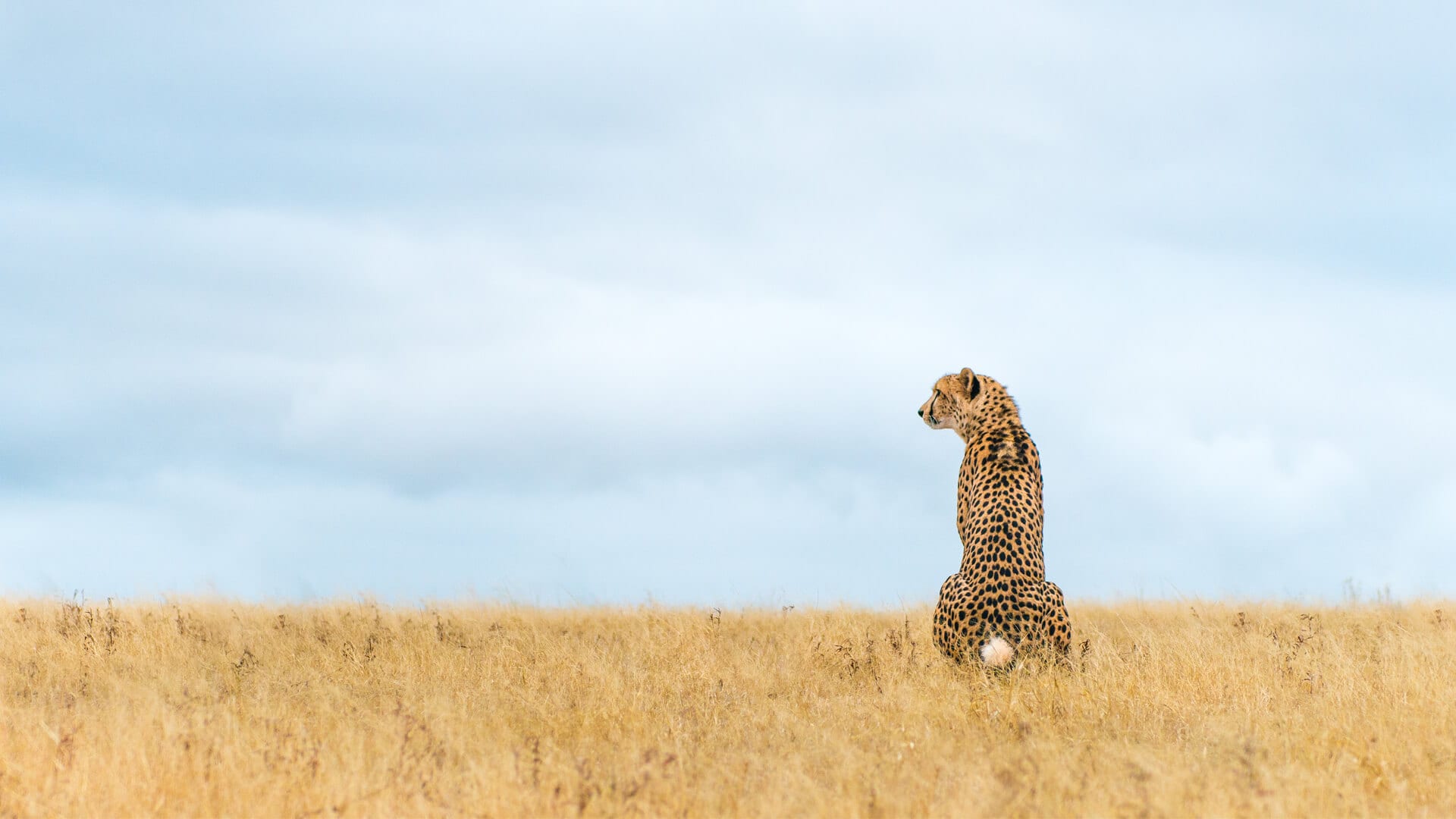
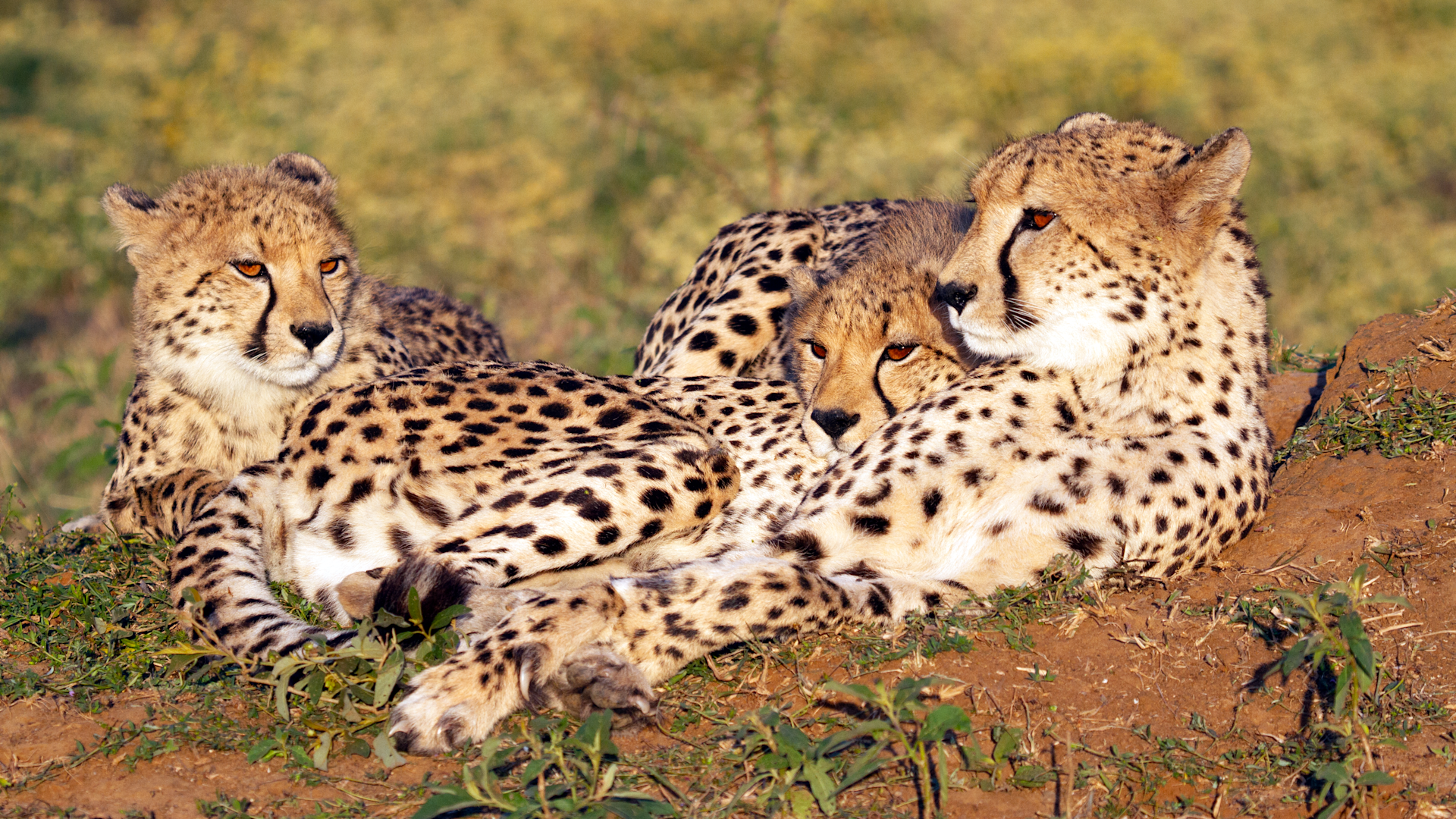
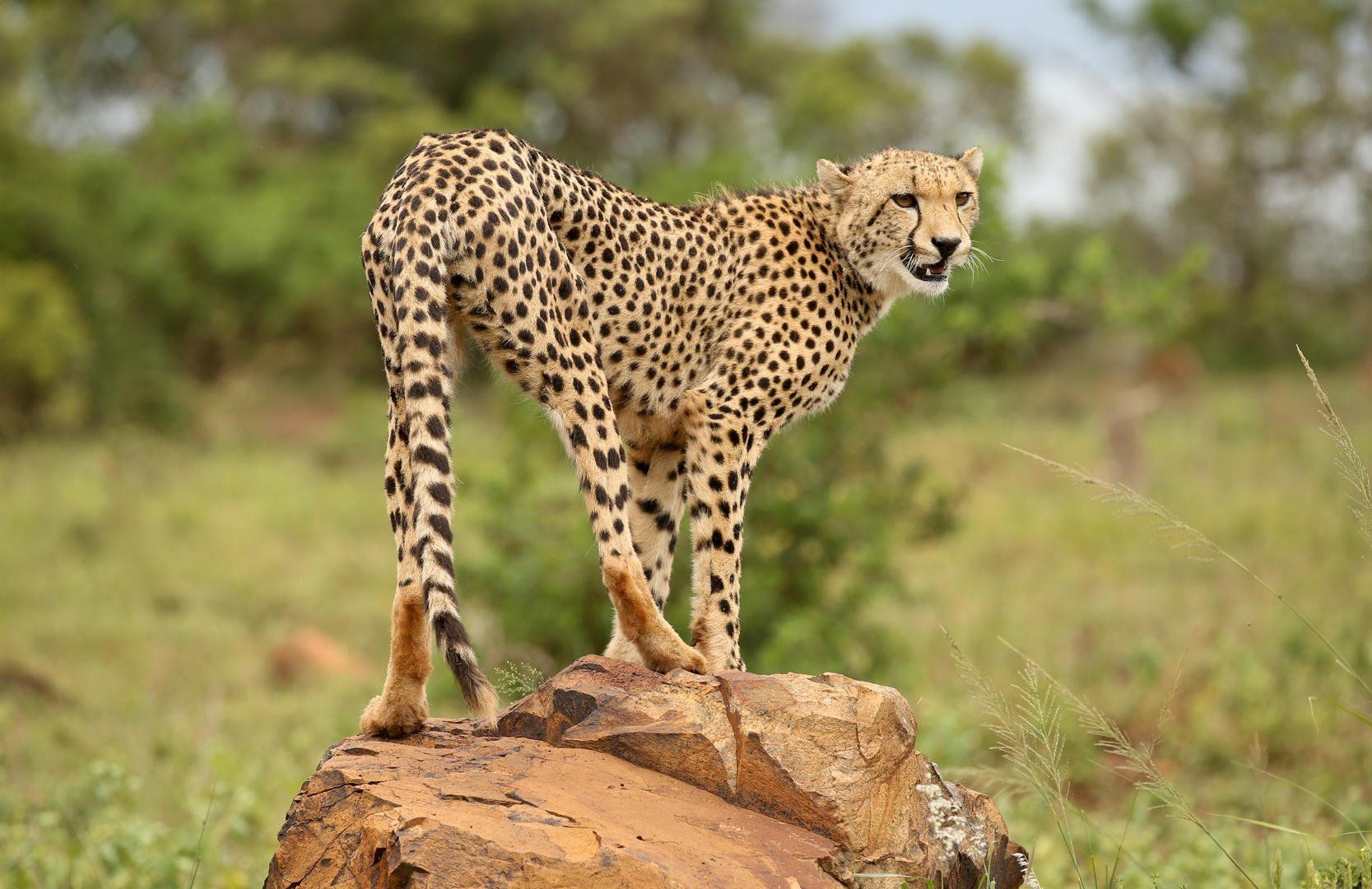
Caracal
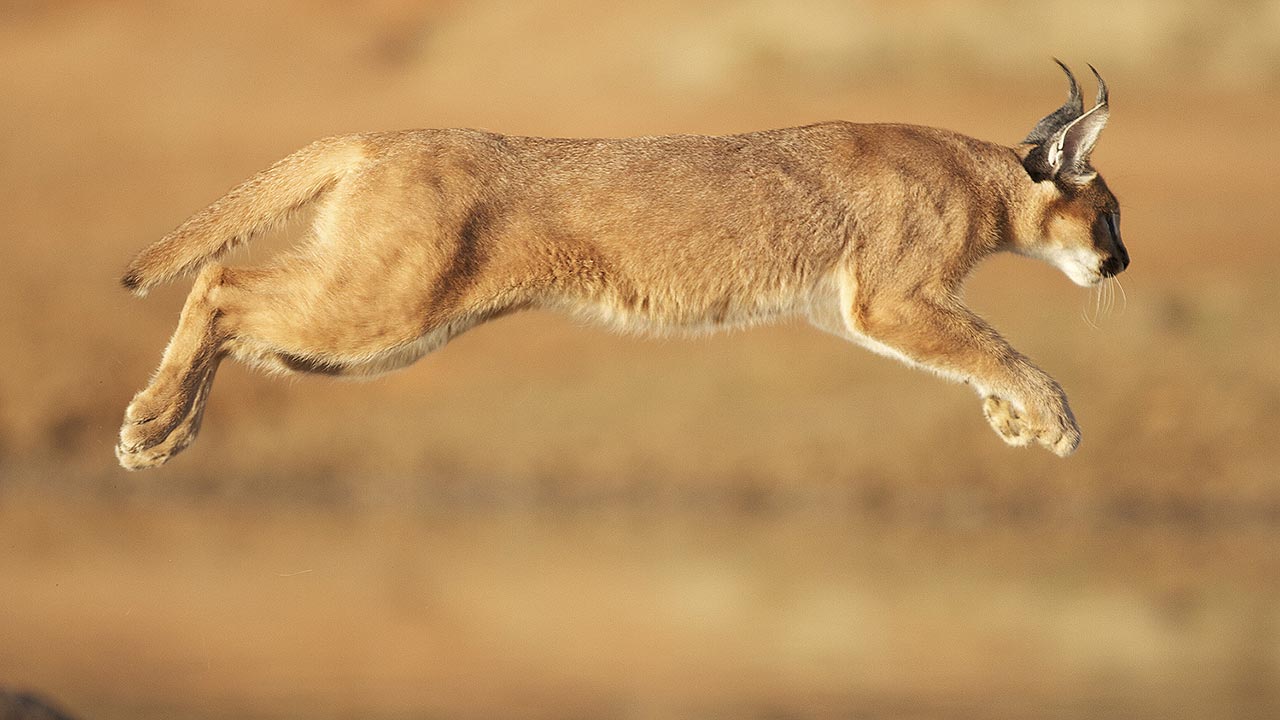
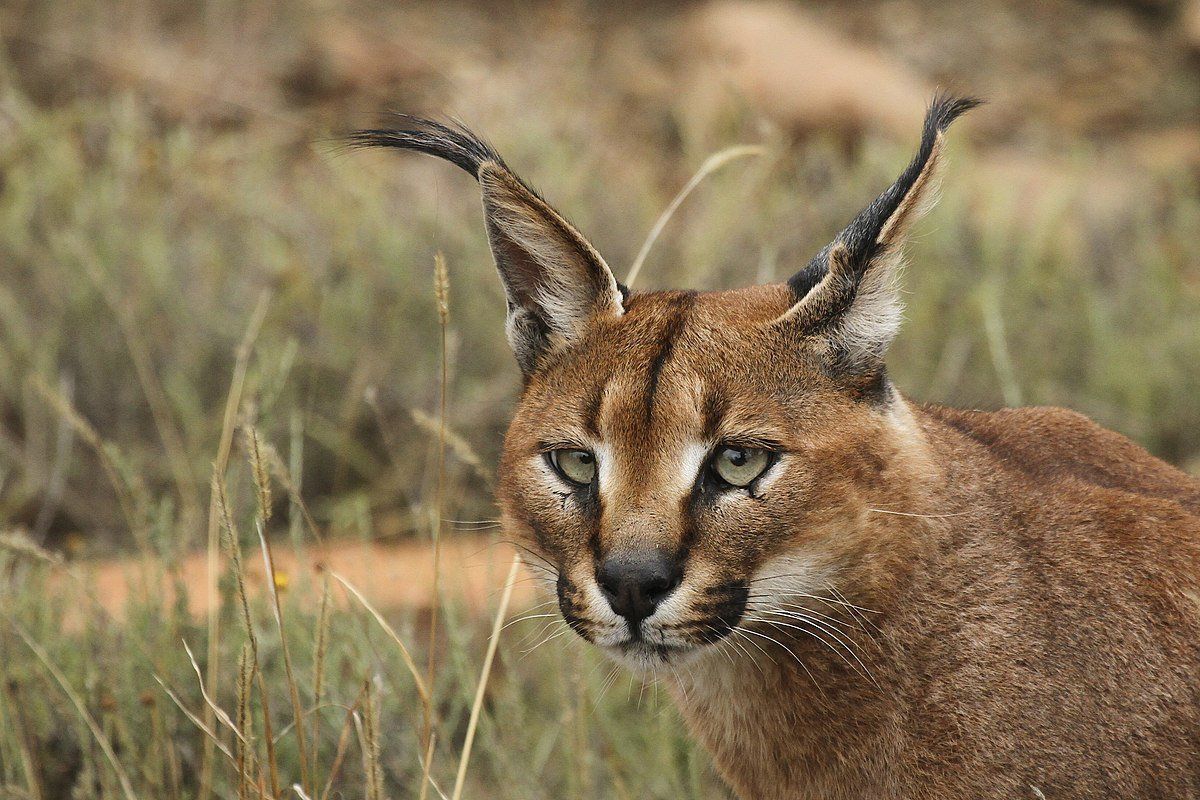
Serval
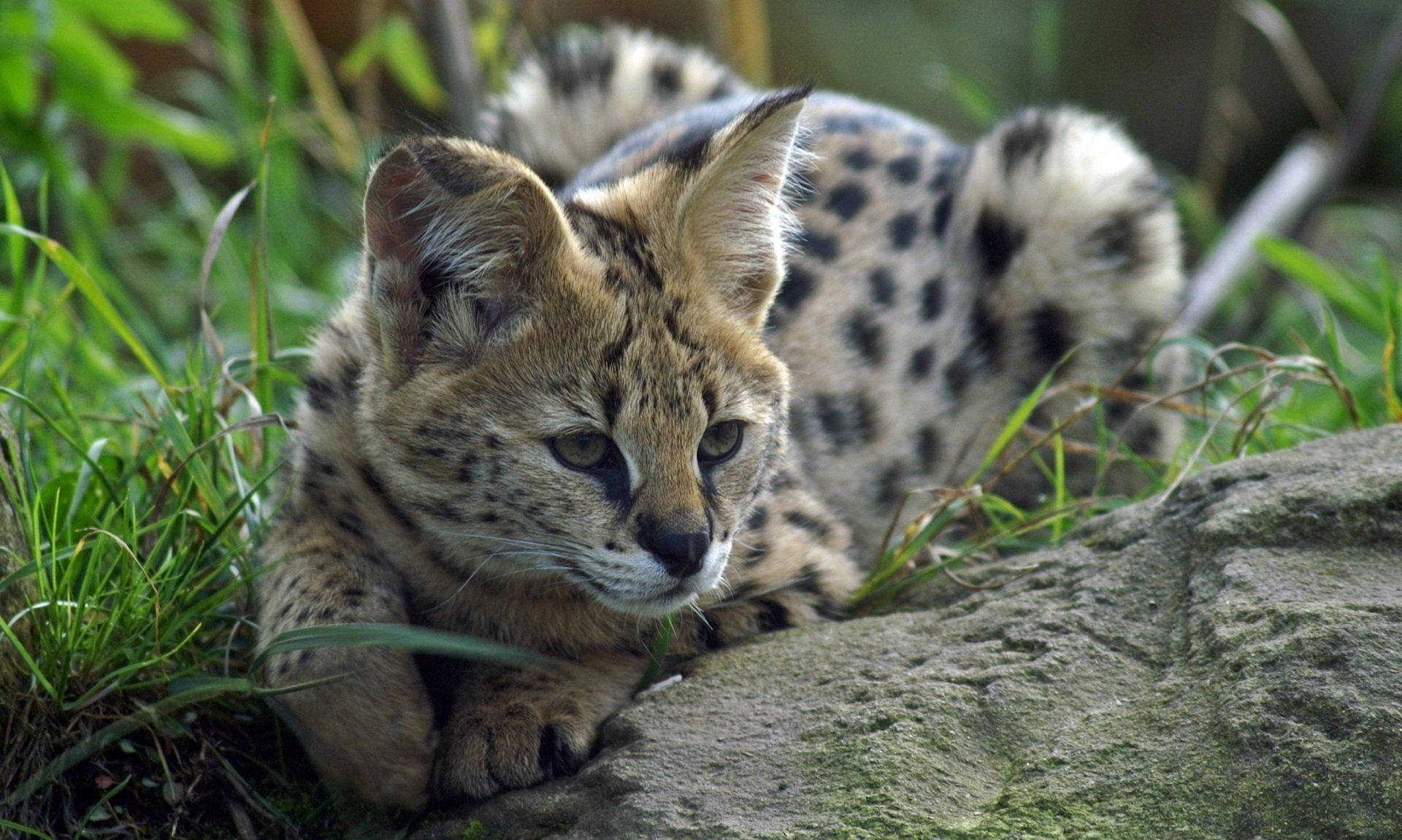
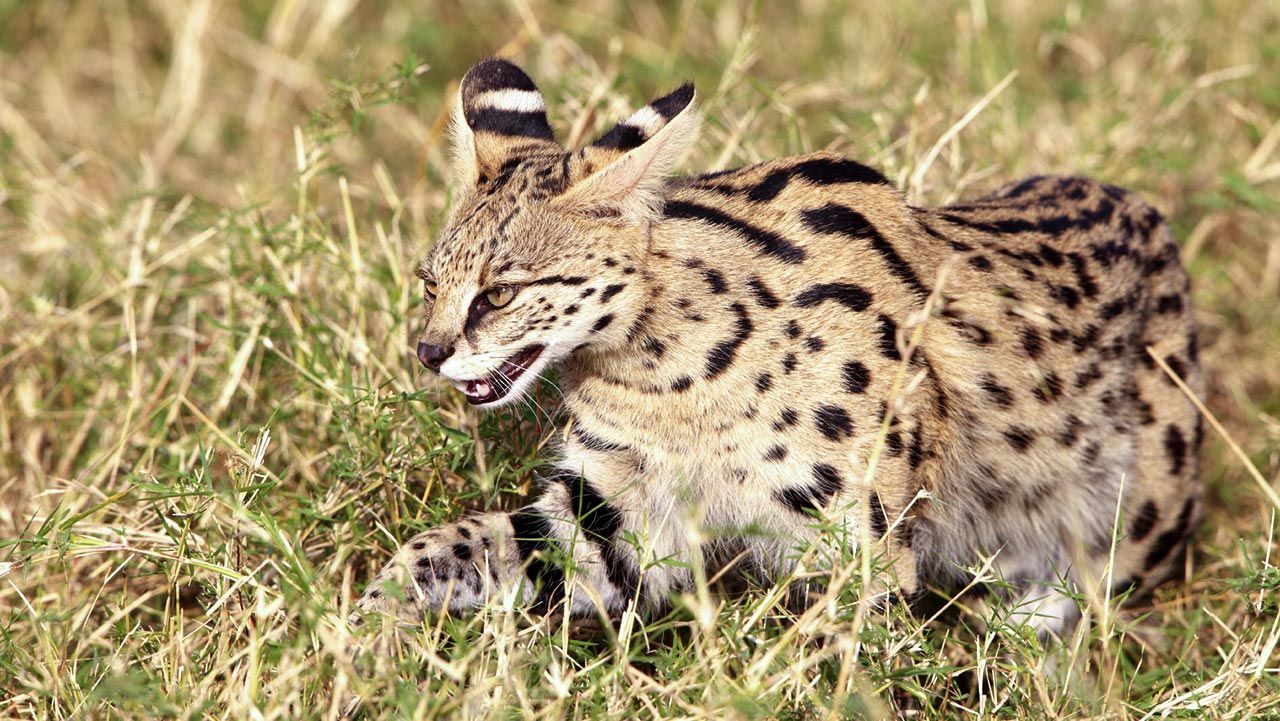
African wild cat
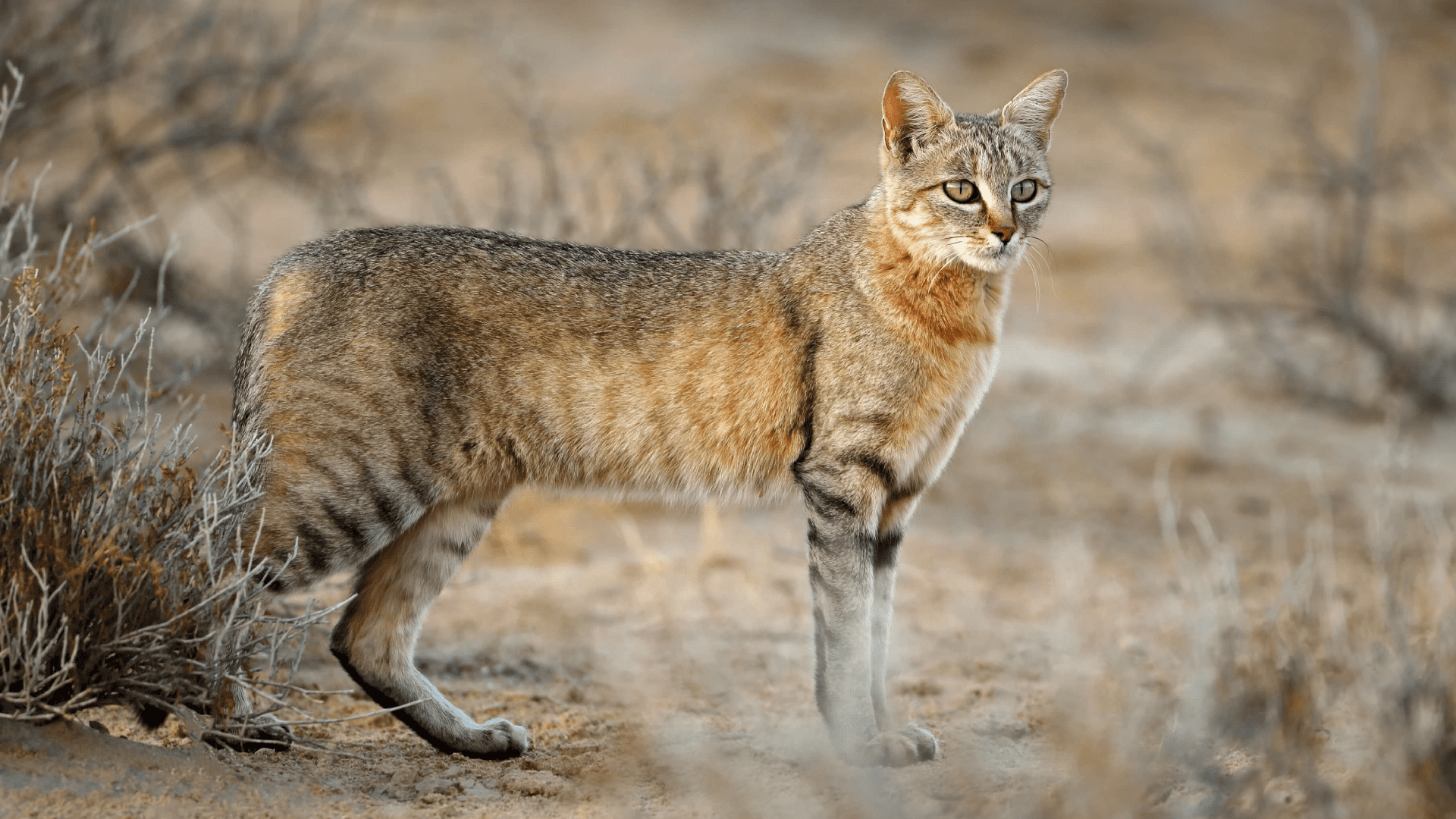
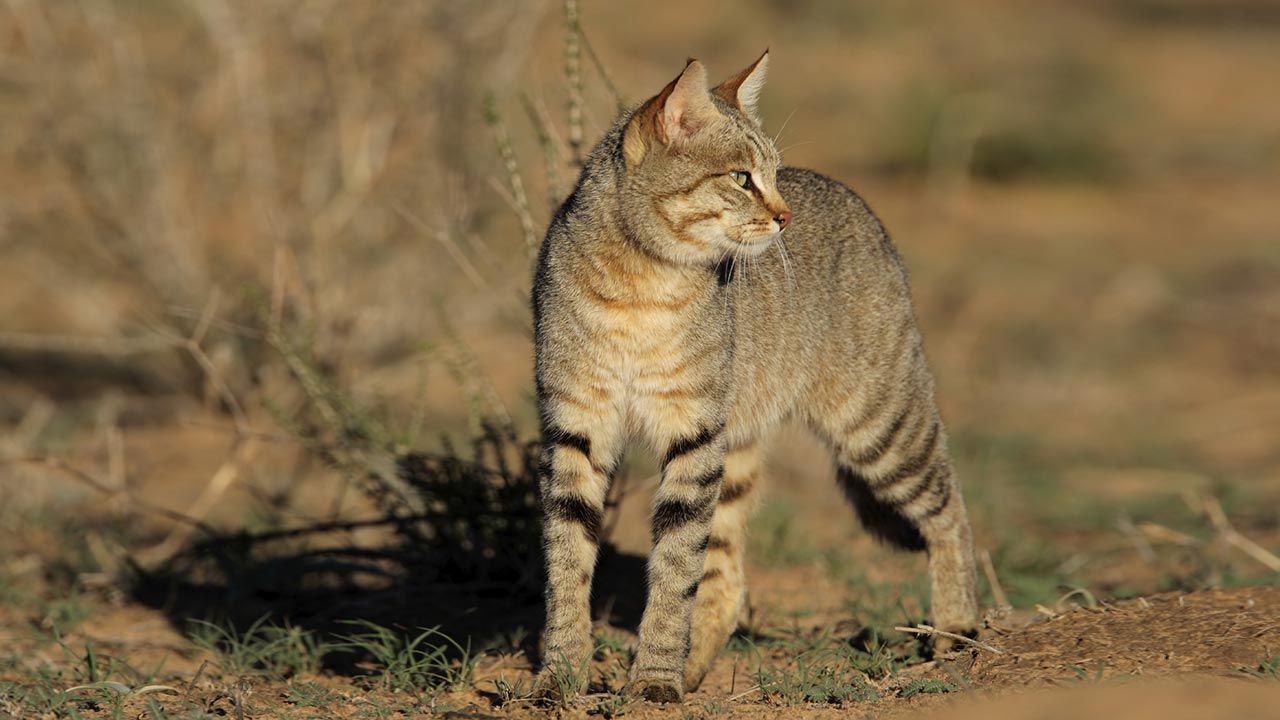
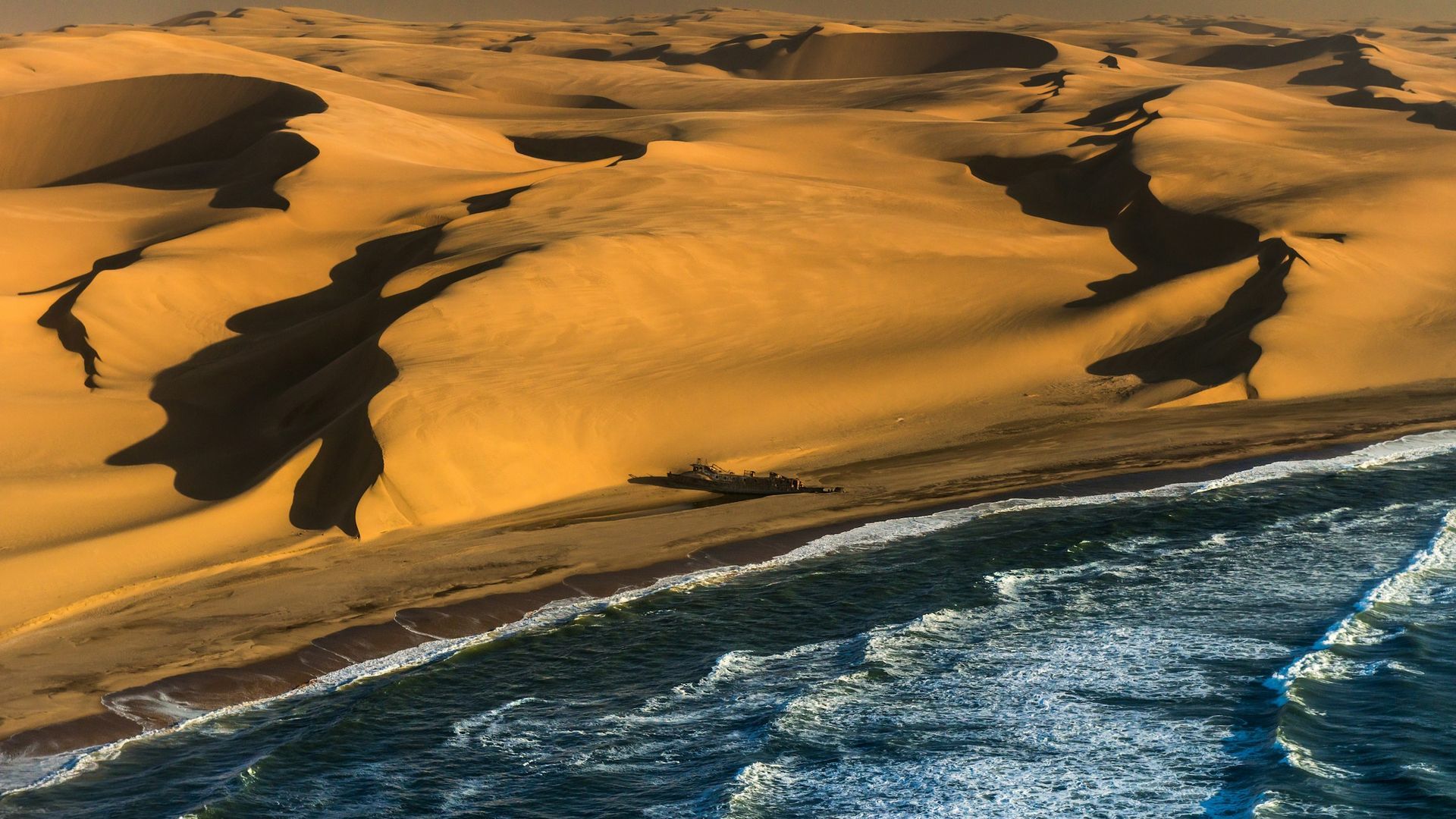
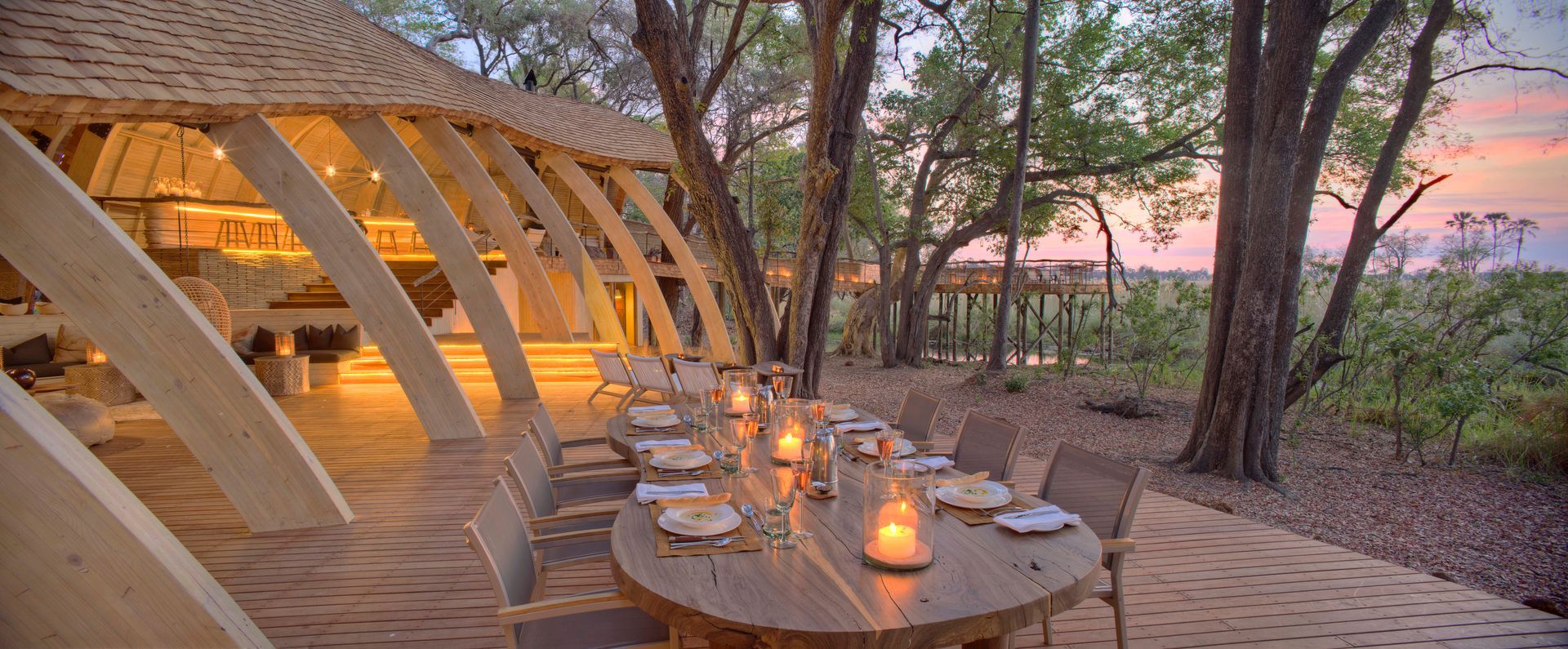
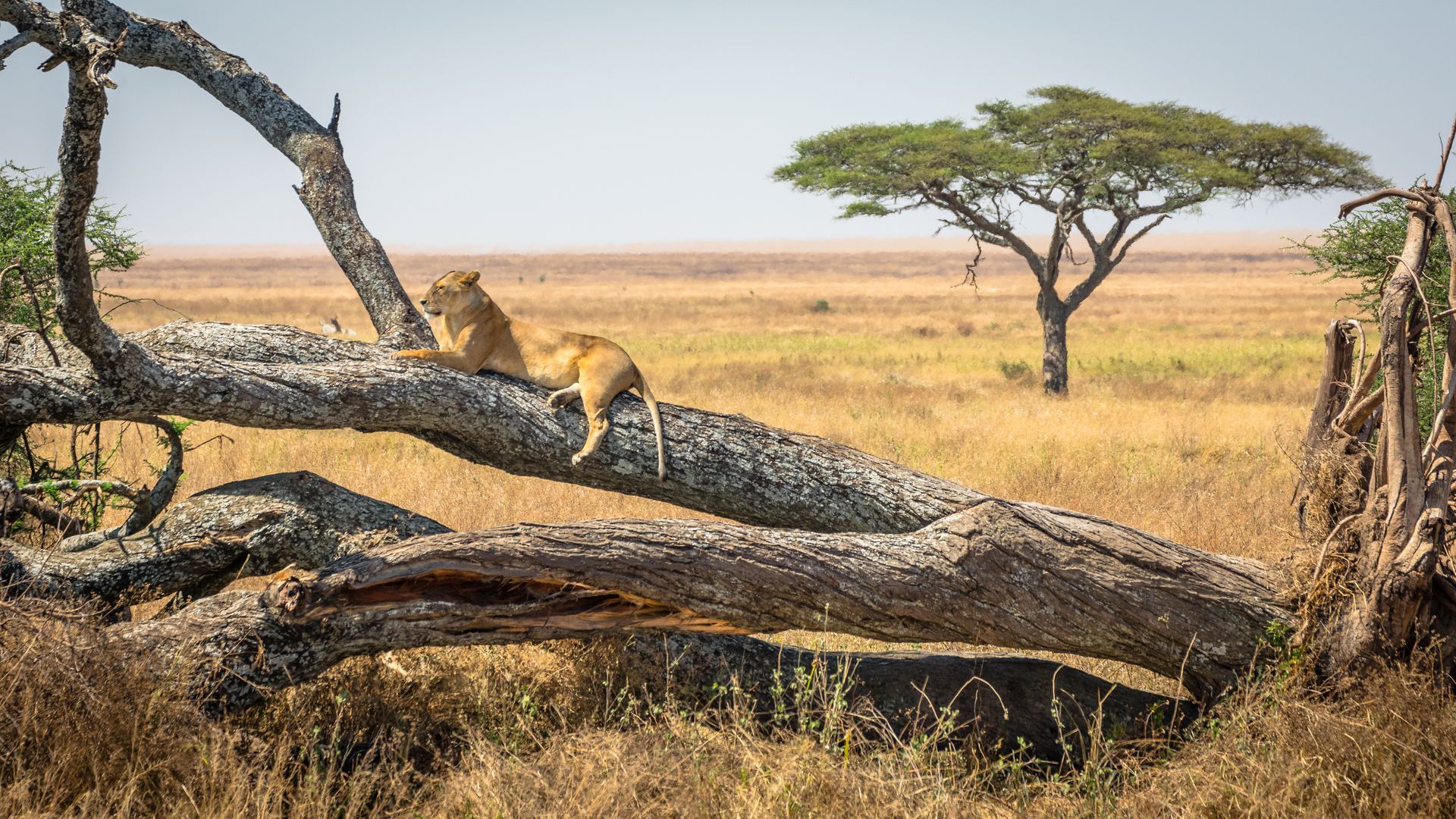
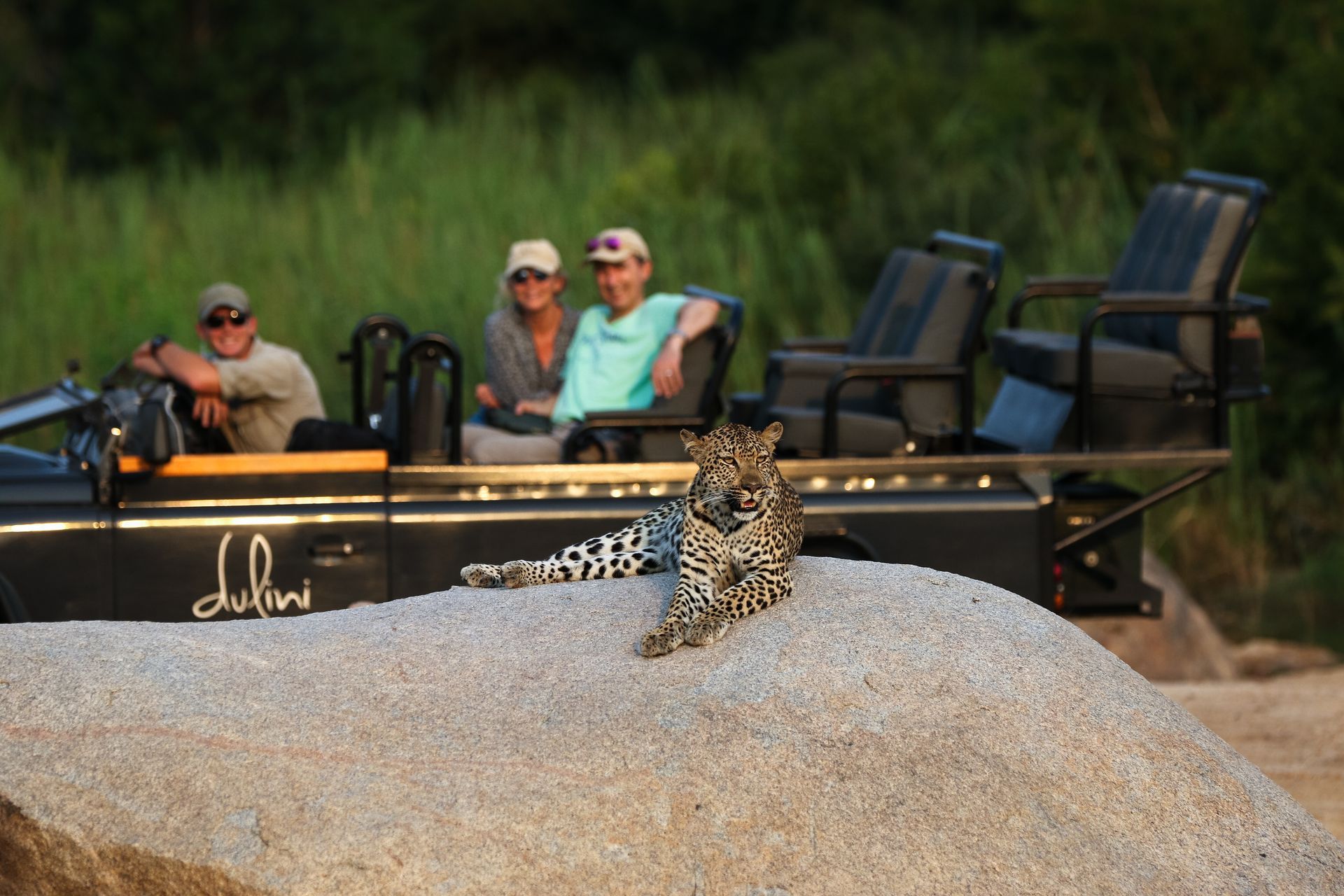
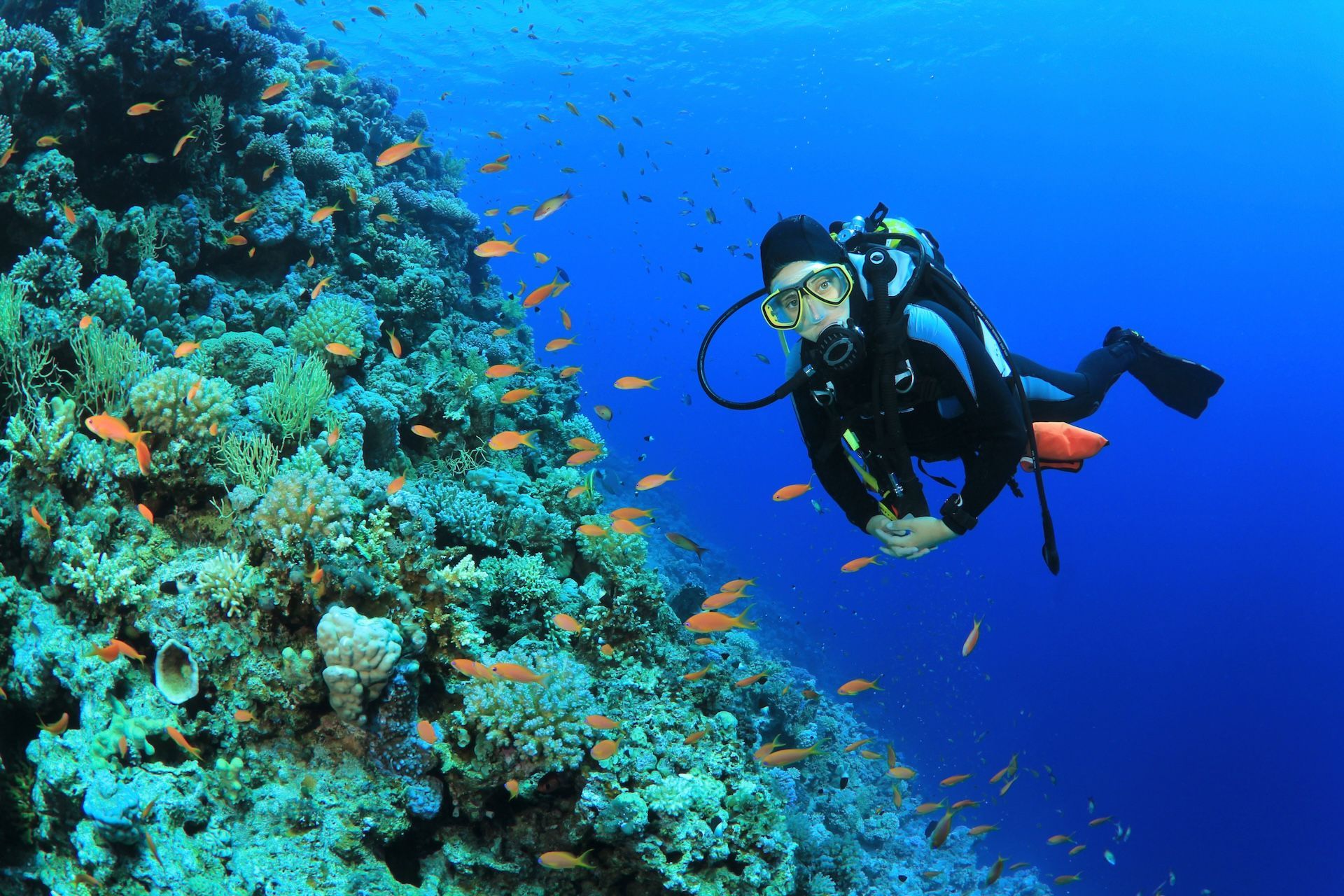
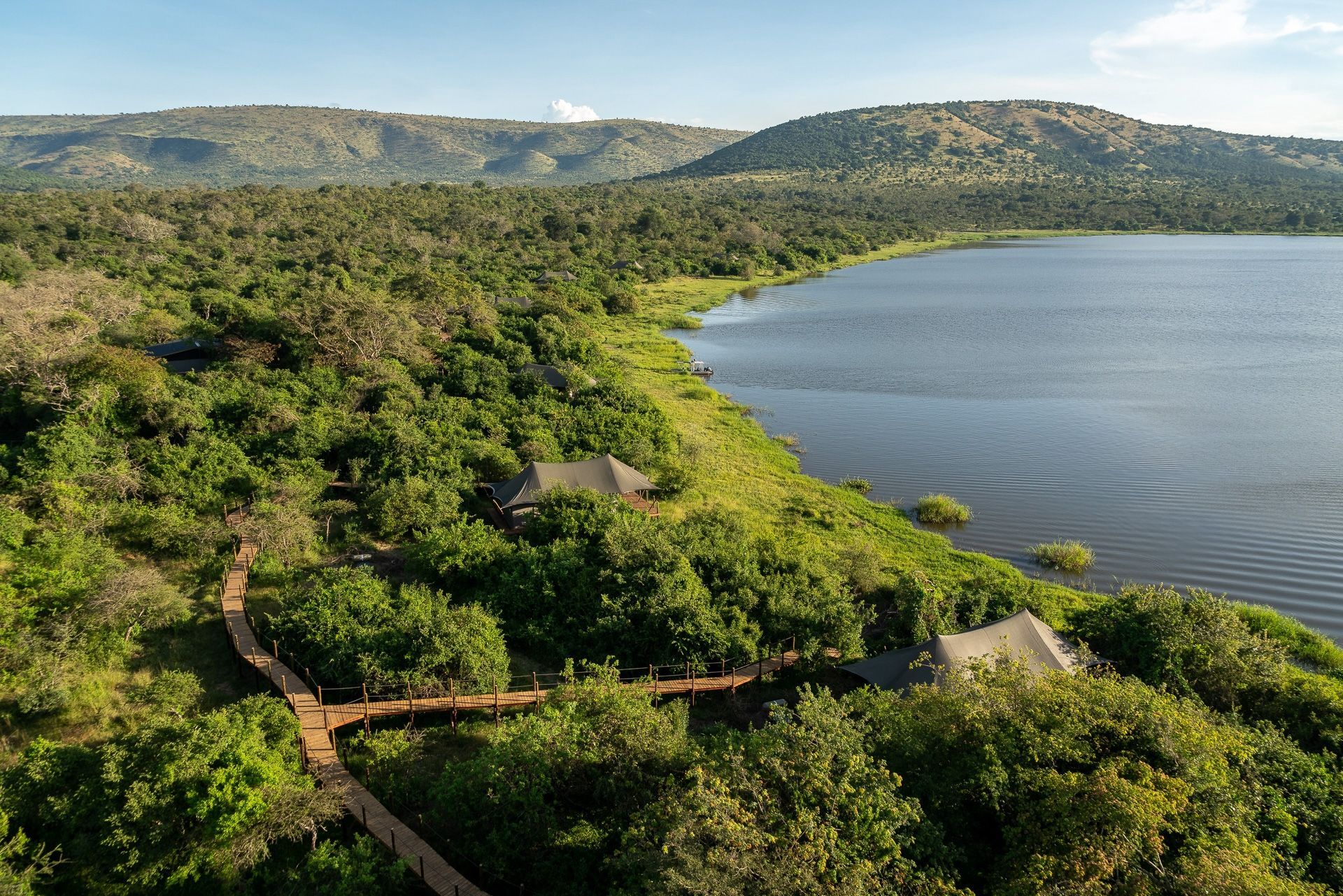
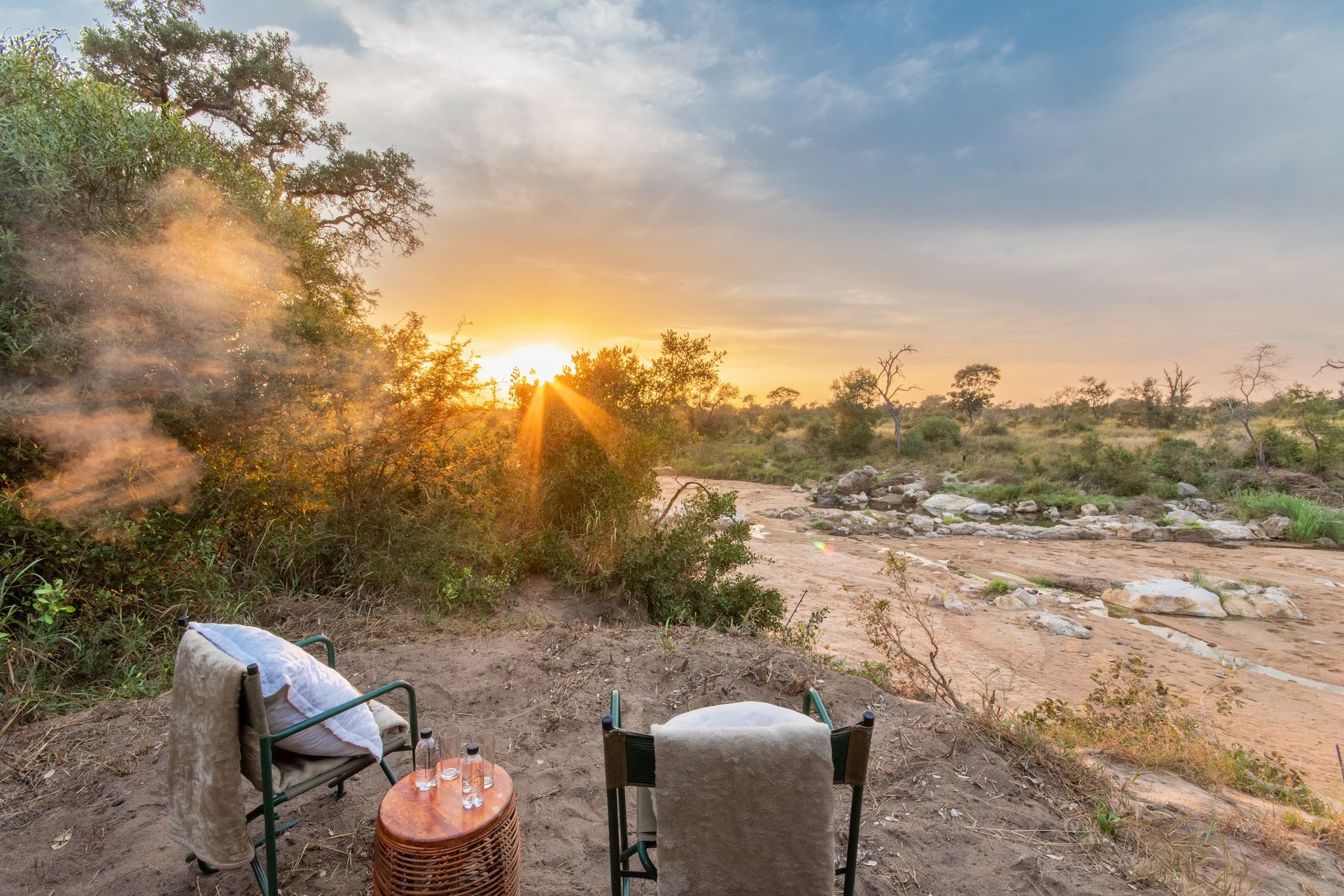
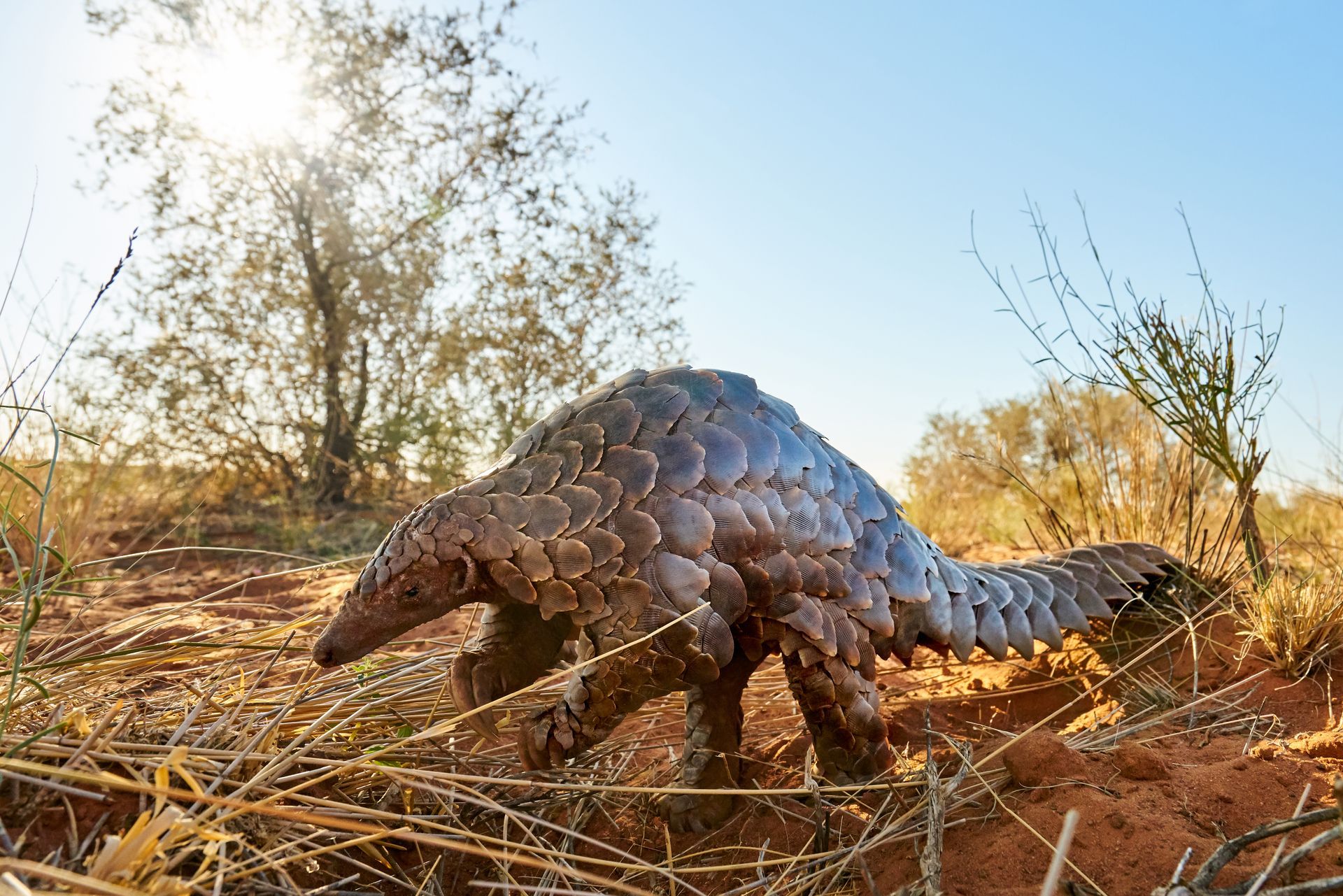
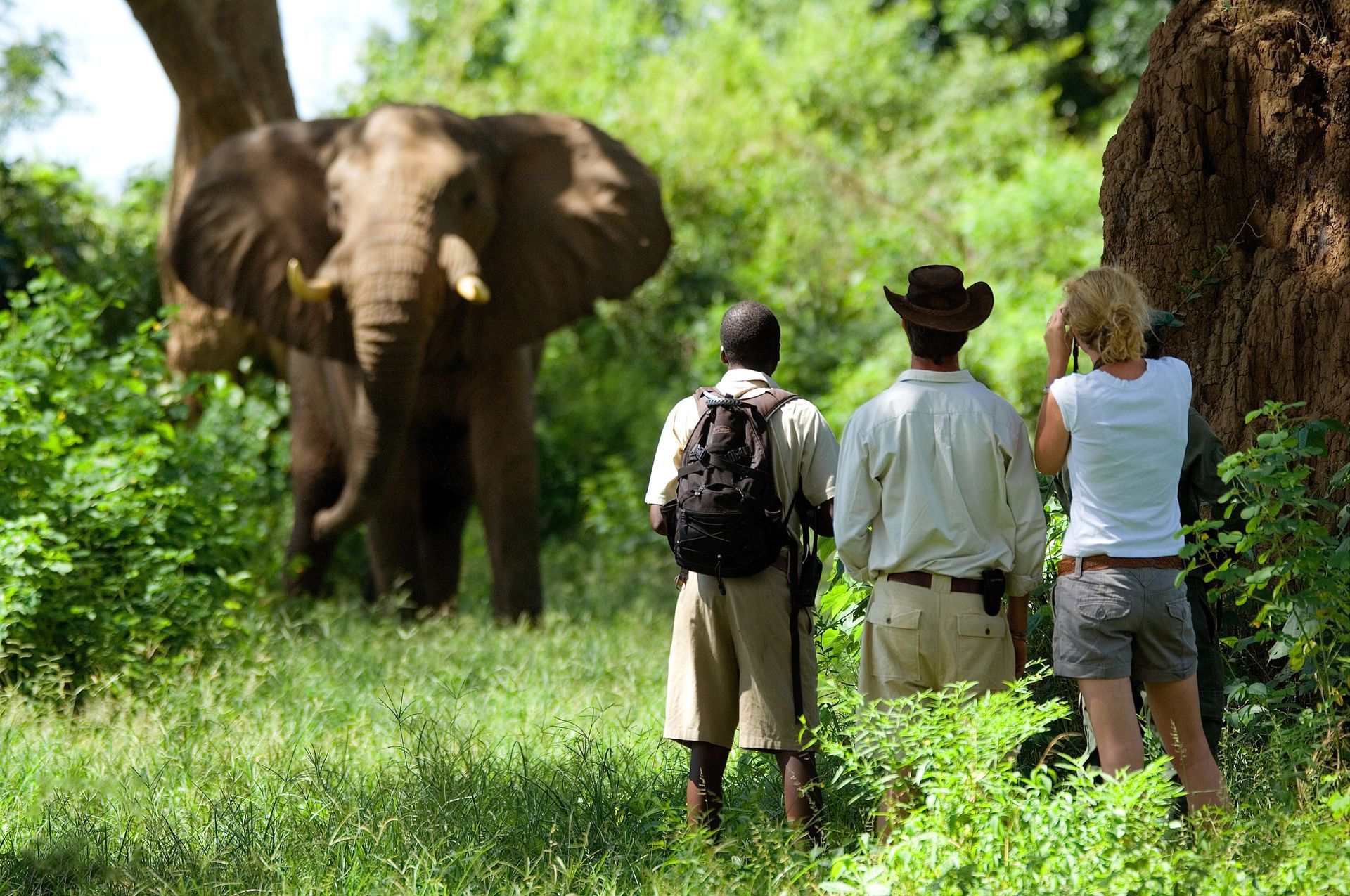
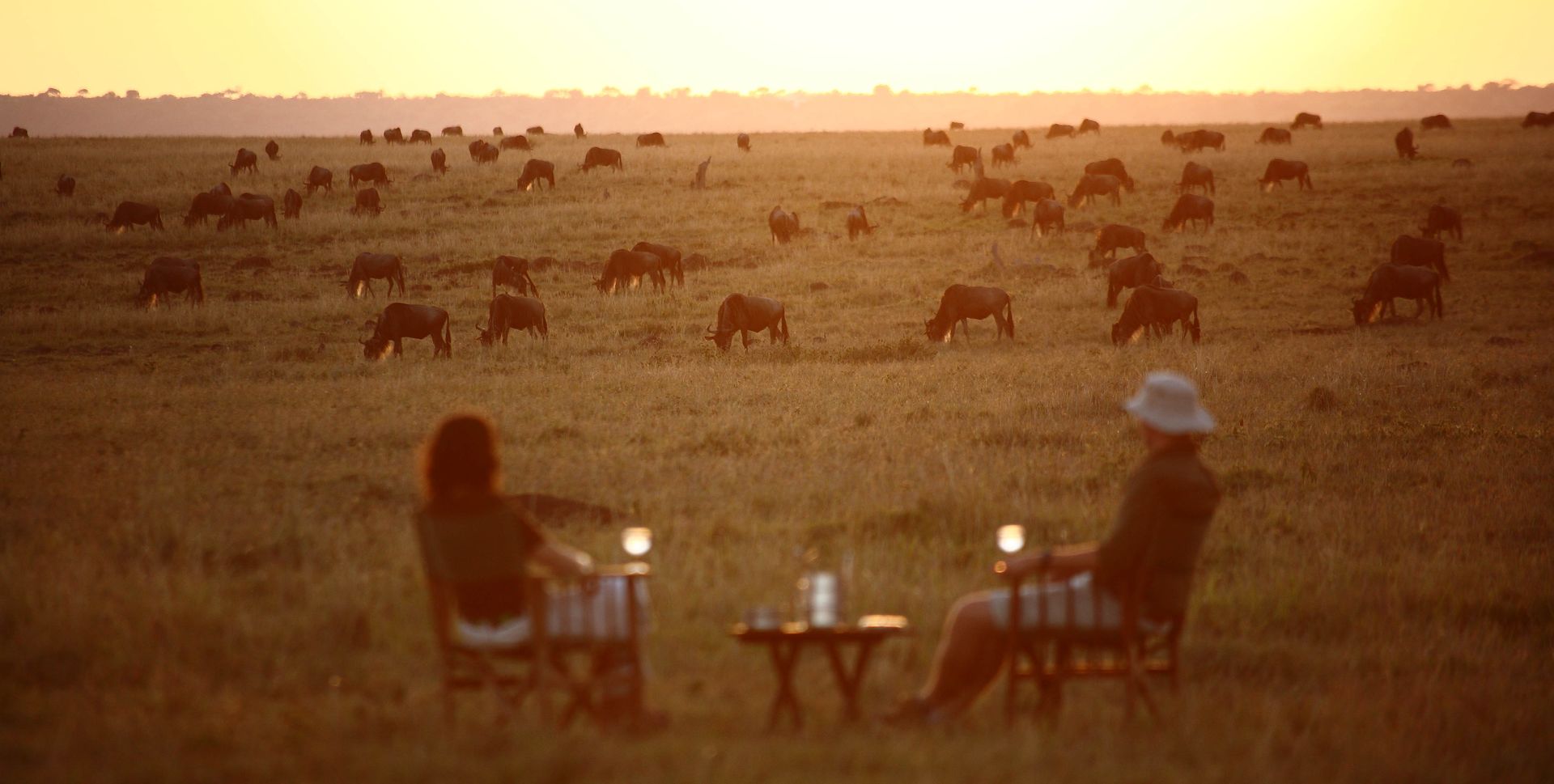
Designed & powered by: The Safari Collective
All Rights Reserved | Zafaris
All Rights Reserved | Zafaris
Designed & powered by:





